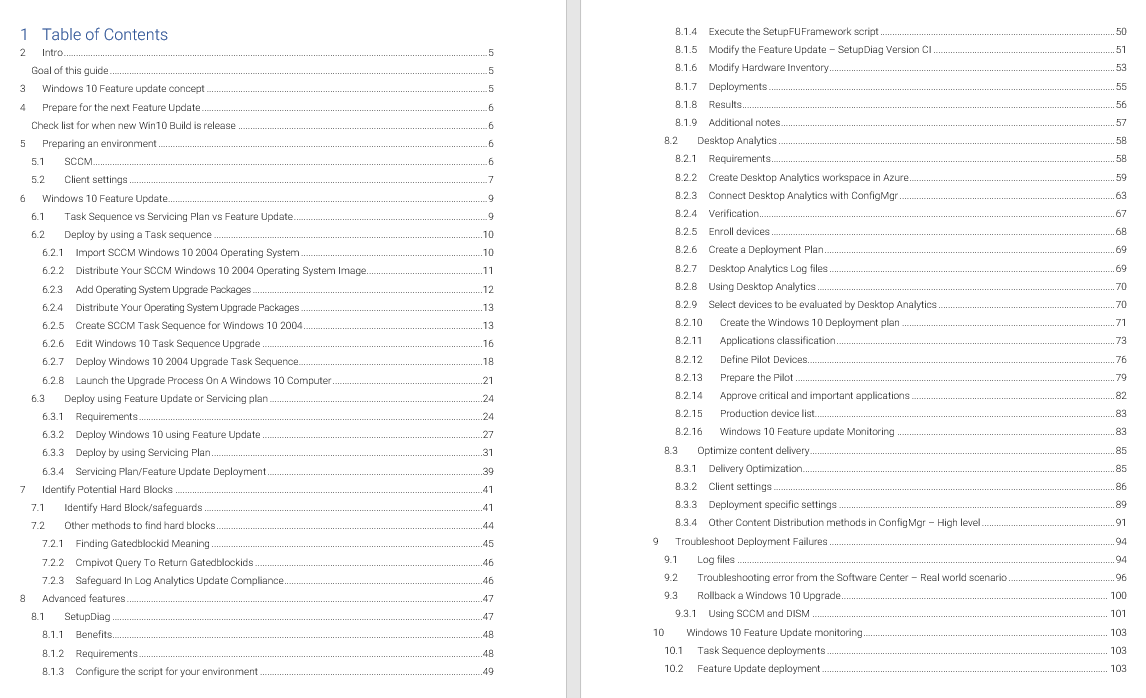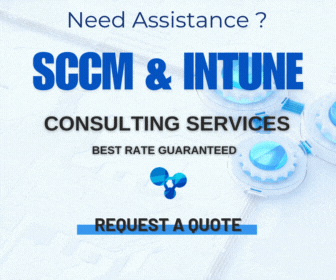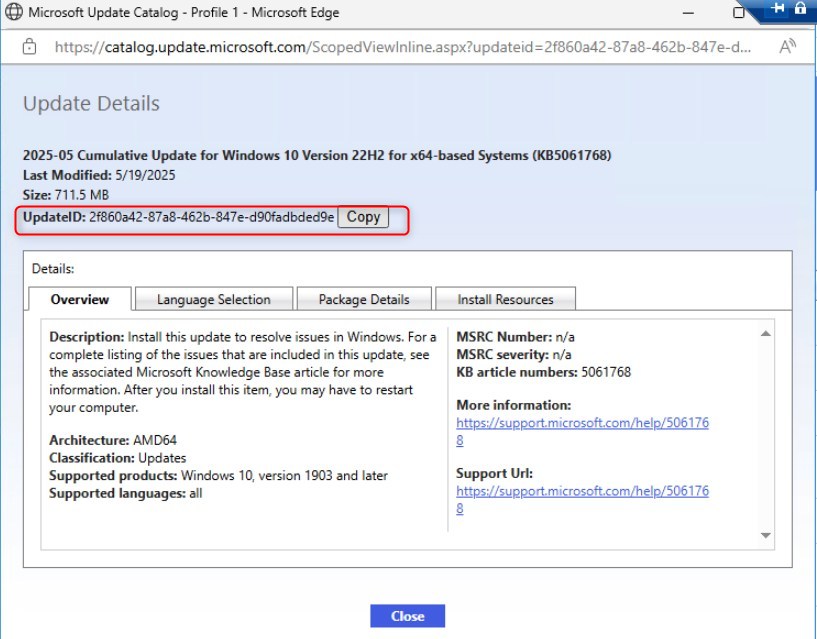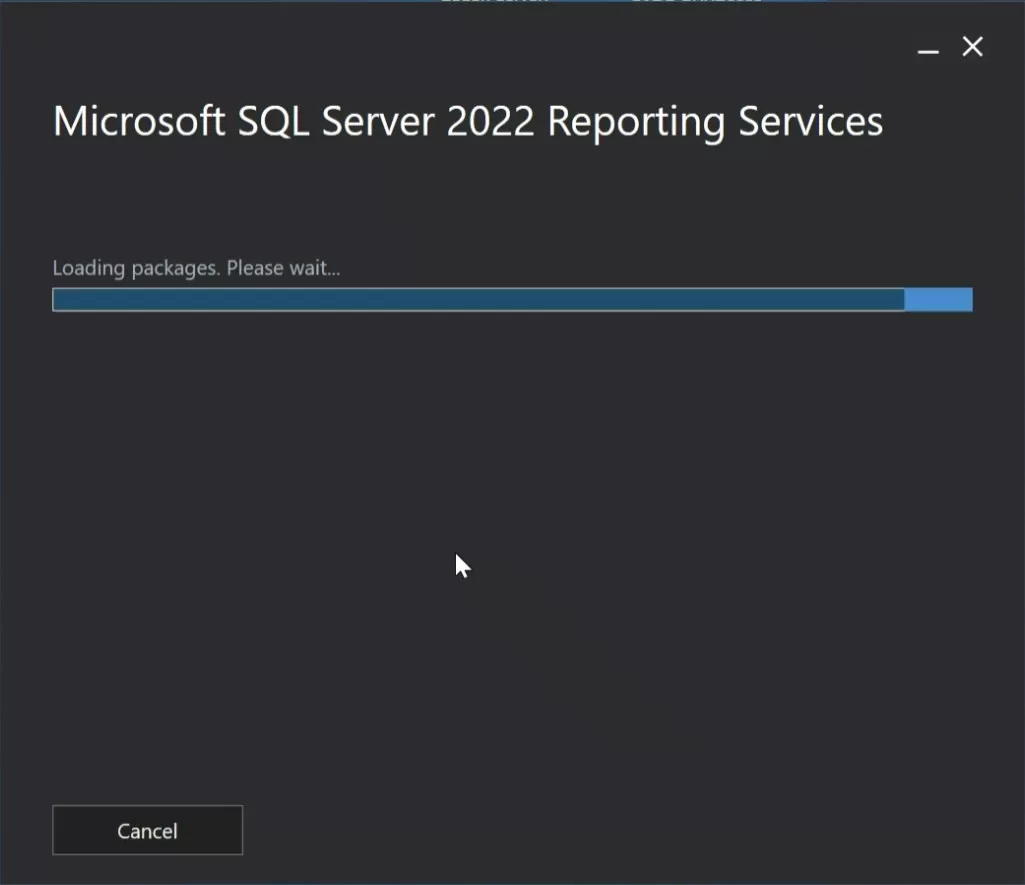

This is rather an unusual post since we are used to writing and share our stuff publicly available for all. Once in a while we put lots of effort and writes guides that contain useful information on a specific topic. Since the incredible amount of work, we decide to release it as a payable guide, as others would write a book. Many of the topics covered in this Windows 10 Feature Update Troubleshooting guide are already available on our website while other topics go deeper in the paid guide.
So there it is, a guide that contains 106 pages of useful information about all you need to know about Windows 10 Feature Update. If you’re an SCCM Admin and have Windows 10 workstations, chances are that you already have to support that.
In this post, we are showing you all the topics covered by this guide as well as releasing the first 6 sections of the guide. If you’re interested to know more about Windows 10 Feature Update Troubleshooting, you can buy the rest of the guide in our online shop. There are also some screenshots of the guide at the end of this post.
Download the full 106 pages document in our online shop
Windows 10 Feature Update Troubleshooting guide
Table of content (Full paid guide)
- 1 Table of Contents
- 2 Goal of this guide
- 3 Windows 10 Feature update concept
- 4 Prepare for the next Feature Update
- 4.1Check list for when the new Win10 Build is released
- 5 Preparing an environment
- 5.1 SCCM
- 5.2 Client settings
- 6 Windows 10 Feature Update
- 6.1 Task Sequence vs Servicing Plan vs Feature Update — END OF POST
- 6.2 Deploy by using a Task sequence
- 6.2.1 Import SCCM Windows 10 2004 Operating System
- 6.2.2 Distribute Your SCCM Windows 10 2004 Operating System Image
- 6.2.3 Add Operating System Upgrade Packages
- 6.2.4 Distribute Your Operating System Upgrade Packages
- 6.2.5 Create SCCM Task Sequence for Windows 10 2004
- 6.2.6 Edit Windows 10 Task Sequence Upgrade
- 6.2.7 Deploy Windows 10 2004 Upgrade Task Sequence
- 6.2.8 Launch the Upgrade Process On A Windows 10 Computer
- 6.3 Deploy using Feature Update or Servicing plan
- 6.3.1 Requirements
- 6.3.2 Deploy Windows 10 using Feature Update
- 6.3.3 Deploy by using Servicing Plan
- 6.3.4 Servicing Plan/Feature Update Deployment
- 7 Identify Potential Hard Blocks
- 7.1 Identify Hard Block/safeguards
- 7.2 Other methods to find hard blocks
- 7.2.1 Finding Gatedblockid Meaning
- 7.2.2 Cmpivot Query To Return Gatedblockids
- 7.2.3 Safeguard In Log Analytics Update Compliance
- 8 Advanced features
- 8.1 SetupDiag
- 8.1.1 Benefits
- 8.1.2 Requirements
- 8.1.3 Configure the script for your environment
- 8.1.4 Execute the SetupFUFramework script
- 8.1.5 Modify the Feature Update – SetupDiag Version CI
- 8.1.6 Modify Hardware Inventory
- 8.1.7 Deployments
- 8.1.8 Results
- 8.1.9 Additional notes
- 8.2 Desktop Analytics
- 8.2.1 Requirements
- 8.2.2 Create Desktop Analytics workspace in Azure
- 8.2.3 Connect Desktop Analytics with ConfigMgr
- 8.2.4 Verification
- 8.2.5 Enroll devices
- 8.2.6 Create a Deployment Plan
- 8.2.7 Desktop Analytics Log files
- 8.2.8 Using Desktop Analytics
- 8.2.9 Select devices to be evaluated by Desktop Analytics
- 8.2.10 Create the Windows 10 Deployment plan
- 8.2.11 Applications classification
- 8.2.12 Define Pilot Devices
- 8.2.13 Prepare the Pilot
- 8.2.14 Approve critical and important applications
- 8.2.15 Production device list
- 8.2.16 Windows 10 Feature update Monitoring
- 8.3 Optimize content delivery
- 8.3.1 Delivery Optimization
- 8.3.2 Client settings
- 8.3.3 Deployment specific settings
- 8.3.4 Other Content Distribution methods in ConfigMgr – High level
- 9 Troubleshoot Deployment Failures
- 9.1 Log files
- 9.2 Troubleshooting error from the Software Center – Real-world scenario
- 9.3 Rollback a Windows 10 Upgrade
- 9.3.1 Using SCCM and DISM
- 10 Windows 10 Feature Update monitoring
- 10.1 Task Sequence deployments
- 10.2 Feature Update deployment
- 11 Additional pieces of information
- 11.1 Reports and PowerBI
- 11.2 Collections Queries
- 11.3 Powershell scripts
Goal of this guide
The goal of this guide is to demonstrate how to establish an enterprise strategy that can be re-used for future Windows 10 Feature Update. In this guide, we will be showing the operational tasks needed for Windows 10 Feature upgrade.
You may wonder as to why this is important? Each Windows 10 version has a much shorter life span than Windows 7 or 8. You may remember the days where a huge project was launched to migrate from Windows XP to 7 and then from 7 to 10. These days are over, and you must now handle Windows 10 updates in your operational tasks.
It sounds fairly easy, and yes Microsoft did a great job of improving the process overs the first 1507 Windows 10 edition. As SCCM administrators ourselves we had to learn the process and most importantly where to look in case of problems. Your migration may work well on 90% of your computer but if you’re managing… let’s say a thousand computers, you may end up troubleshooting 100 computers.
Using SCCM we can show you how to save time, build automated tasks and most importantly: prevent failures from happening.
We hope this guide will help you.
Windows 10 Feature update concept
Let’s begin by explaining the Windows 10 Feature update concept. What’s different from Windows 7/8? Here’s Microsoft description on their documentation page:
Windows as a service provides a new way to think about building, deploying, and servicing the Windows operating system. The Windows as a service model is focused on continually providing new capabilities and updates while maintaining a high level of hardware and software compatibility. Deploying new versions of Windows is simpler than ever before: Microsoft releases new features two to three times per year rather than the traditional upgrade cycle where new features are only made available every few years. Ultimately, this model replaces the need for traditional Windows deployment projects, which can be disruptive and costly, and spreads the required effort out into a continuous updating process, reducing the overall effort required to maintain Windows 10 devices in your environment.
There are 2 key concepts to understand is that:
- All releases of Windows 10 have 18 months of servicing for all editions–these updates provide security and feature updates for the release. Customers running Enterprise and Education editions have an additional 12 months of servicing for specific Windows 10 releases, for a total of 30 months from initial release. All Semi-Annual Channel releases in the September/October timeframe will also have the additional 12 months of servicing for a total of 30 months from the initial release. The Semi-Annual Channel versions released in March/April timeframe will continue to have an 18-month lifecycle.
- Windows 10 Enterprise LTSB is a separate Long Term Servicing Channel version. Each release is supported for a total of 10 years (five years standard support, five years extended support). New releases are expected about every three years.
To stay up to date and supported, you need to update Windows 10 on a yearly basis. In many enterprises we worked for it mean updating at least once a year.
You can refer to Microsoft Windows 10 Documentation hub if you need more information.
Prepare for the next Feature Update
Check list for when new Win10 Build is release
Feature updates for Windows 10 are released twice a year, around March and September, via the Semi-Annual Channel. They will be serviced with monthly quality updates for 18 or 30 months from the date of the release, depending on the lifecycle policy.
Microsoft recommend that you begin deployment of each Semi-Annual Channel release immediately as a targeted deployment to devices selected for early adoption and ramp up to full deployment at your discretion. This will enable you to gain access to new features, experiences, and integrated security as soon as possible.
Once you’ve deployed your first Windows 10 update, you need to build a process for updating your tasks.
Following Microsoft release, you could do it as much as 2 times a year. Some organization take the decision to update only using the March build and skip the September one. Just make sure that you stay supported by updating your operating systems on a regular basis and not wait 3 years before taking action.
Each time you take the decision to deploy a new Windows 10 build, you must redo the step describe in our guide. We suggest to keep a checklist to make sure that no steps are forgotten:
- Import the Windows ISO (Image file (WIM) and complete media)
- Test the new build on a specific set of devices. Try to include your critical business application in your test.
- Adjust your drivers and application based on the first test deployment
- Build your deployment strategy to upgrade existing OS
- Update your Operating system deployment tasks to new machines (Task Sequences, Drivers, Application)
- Document your process for the next phase
Preparing an environment
Before deploying Windows 10, there’s a couple of requirements:
SCCM
- Functional Software Update Point on your SCCM Server
- Covered in section 6.3
- If you want to use the full features, you need SCCM 1511 and later. Follow our guide to upgrade your SCCM server and make sure that you are upgrading your Windows ADK version which is included in the upgrade process
- Note that you should basically be up to date for your SCCM hierarchy before moving forward with Windows 10 Feature Update. For example, Windows 10 20h2, is only supported from SCCM 2006 and up.
- Plan to upgrade your OS Deployment solution even before going further with Feature Update, to avoid putting outdated devices in the field at the same time of trying to roll out a newer version.
- It is usually easier to test key applications against the newer Windows 10 Build that way.
Client settings
A few client settings are likely to become important when doing Windows 10 Feature updates.
Client Cache settings
Multiple options are available. Since the size of Feature Update is quite important, leveraging the various options is a good idea to review prior to release a new Windows 10 build.

Cloud Service
With more remote workers than ever, implementing a Cloud Management Gateway could be the missing piece to a successful rollout.

Computer Restart
Those settings will be honored in most cases.

Delivery Optimization
This should be reviewed with the Client Cache settings options

Software Update
When using Feature Update/Servicing plans, the option to specify thread priority for Feature Update and Enable Dynamic Update for Feature Update should be reviewed. They are NOT mandatory but again could make a huge difference in the success of the rollout.

Windows 10 Feature Update
Task Sequence vs Servicing Plan vs Feature Update
In order to upgrade an existing Windows 10 to Windows 20h2, you have 2 choices: You can use an upgrade Task Sequence or you can use Feature Update with or without Servicing Plans.
There is a strong debate over which is the best method. Each organization is unique and you should plan based on your organization needs.
For example, Windows 10 is resetting pretty much anything related to regional settings, keyboard, start menu and taskbar customization. Things are getting better from one version to another but if you’re upgrading from an older build, let’s say 1511, expect some post-configuration tasks… and the only way to do that is using a task sequence.
Feature Update can be deployed like any other release of monthly update, this process needs to be started from under Servicing plan. A common misunderstanding is that it is mandatory to use Servicing plan to deploy Feature Update with SCCM. This is not the case. It is the simplest method to implement and start testing.
Servicing Plan has the simplicity, you set your option and forget, as Automatic Deployment Rules does for Software Updates. We yet did not have any client that does not want any control over Windows 10 upgrade in their organization. We totally understand the point of Servicing Plan and they will be useful in a couple of releases when Windows 10 upgrades will be an easy task… but for now, it’s not, unfortunately.
—————————– END ————————————————–
Paid Guide Screenshots





















Only authorized users can leave comments
Log In